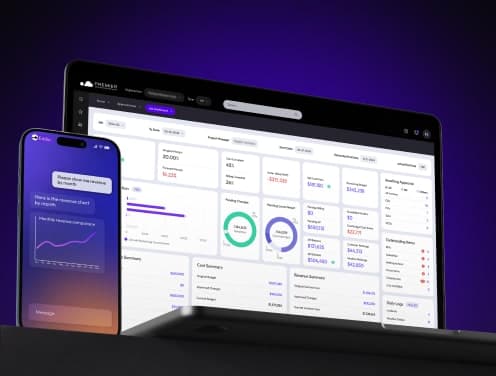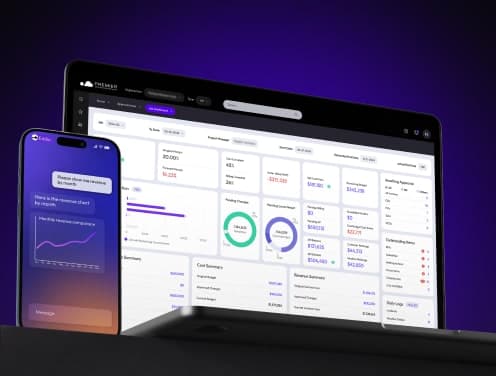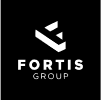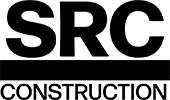
Billing in Construction: Progress Billing via Schedule of Value (SOV)
When working on a long-term construction project, contractors often use progress billing to keep cash flowing during the project. Progress billing involves requesting funds for the portion of the work that has been complete. It is usually based on a percentage of the contract. Most project owners require a breakdown of the work on the project, showing the progress on each line item of the breakdown. This is called a schedule of values and is used by most contractors when they are billing long-term projects. We’re going to look at what a schedule of values is, how it’s used, and how to create one.
What is progress billing and a schedule of values (SOV)?
Construction companies bill projects based on the progress of the job via a schedule of values. A schedule of values lists every billable item on the project along with the subsequent dollar value of that task. Typically, progress billings are submitted monthly, but complicated projects may require more frequency. A project manager enters a % completion or amount for each item as they progress on the project. This routes to the architect and owner for approval. Once approved, the accounting team generates an AR invoice from the progress billing to ensure accounting and job costing are always in sync. The SOV is a valuable tool in the evaluation of percent complete on a project as well as a management tool for the billing process each month.
What is the typical breakdown of a SOV?
In the United States, the industry-standard format for a billing schedule of values is per AIA form G703. General contractor accounting issues are common, so it is essential to establish a good schedule of values early on. Typically, a contractor discusses with the client how the schedule values should be broken down. Creating this schedule of values prior to the beginning of a project is beneficial to everyone because it then becomes part of the signed construction agreement. It’s important to verify that the sum of all line items should equal the total contract value.
A schedule of values looks similar to a requisition form and should list the items and scheduled value followed with the amount previously billed, amount billed this period, materials presently stored, total completed & stored to date, % complete, balance to finish, retainage. A construction contract will typically require that “Retainage” be withheld from each application for payment in order to provide the Owner or lender protection from the Contractor not completing the entire project. Additions to the contract can be listed separately below or in some cases, clients prefer for them to roll into the cost items listed above.

What is a schedule of values used for and by who?
The cash flow of a construction project is determined by the schedule of values, which is why it is the main document used for monthly payments. The schedule of values also evaluates how the project is progressing according to plan and whether the percentage is on point to where everything should be with the amount of money that has been spent at that time.
Many contractors prefer to collect as much of their money upfront as possible, which is why they’re always tempted to front-load the schedule of values. The experienced architect and owner will not allow this front-loading, and will try to more accurately identify the proper values of each line item on the SOV.
While a general contractor will use the schedule of values continuously throughout the project, it is always also available to architects and owners. For most construction projects, the architect has an essential monthly task: reviewing the contractor’s application of payment. That means that they can see how well the construction project is progressing, if everything is on schedule and on budget, and see if there are any changes that they can make to improve their results.
Financing companies may also request a schedule to use for their own internal breakdown of loan funds. The schedule helps the lender reconcile the project draws to the total loan package. The lender must ensure that the contractor is not overdrawing specific line items, so they use the schedule of values to track the progress of the draws.
How to complete a schedule of values
The first step in creating and completing a schedule of values is to list the phases or activities of the project that are related to your work. Enter the scheduled value for each phase. Once you’ve assigned accurate values to all the items, add up the amounts to ensure that they equal your total contract amount. If there’s a discrepancy, review your calculations to find any errors.
Typically, the schedule or actual costs determine how much can be drawn for each phase of the project; it’s important that the information provided is as accurate as possible. Enter in the % or amount each month and generate the progress billing application and AR invoice.
Conclusion
Schedules of values are important documents in construction projects. They are used to bill the project and to show the progress of the work. Banks and owners use them to reconcile their financial documents and ensure that the project loan or funds have not been overdrawn.
Creating a schedule of values involves breaking the project down into phases or tasks that can be used to show the progress of the project. Each phase or task is assigned a value and the total of all the items matches the contract amount. Project teams rely on the accuracy of the information shown on the schedule to determine budgets and payment amounts.
To learn more about how Premier's construction management software can help you streamline your billing process, get in touch with our team for a personalized demo today.
Author Biography:
Dawn Killough is a construction writer with over 20 years of experience with construction payments, from the perspectives of subcontractors and general contractors. Dawn has held roles such as a staff accountant, green building advisor, project assistant, and contract administrator. Her work for general contractors, design firms, and subcontractors has even led to the publication of blogs on several construction tech websites and her book, Green Building Design 101.


.jpg&w=3840&q=75)


















